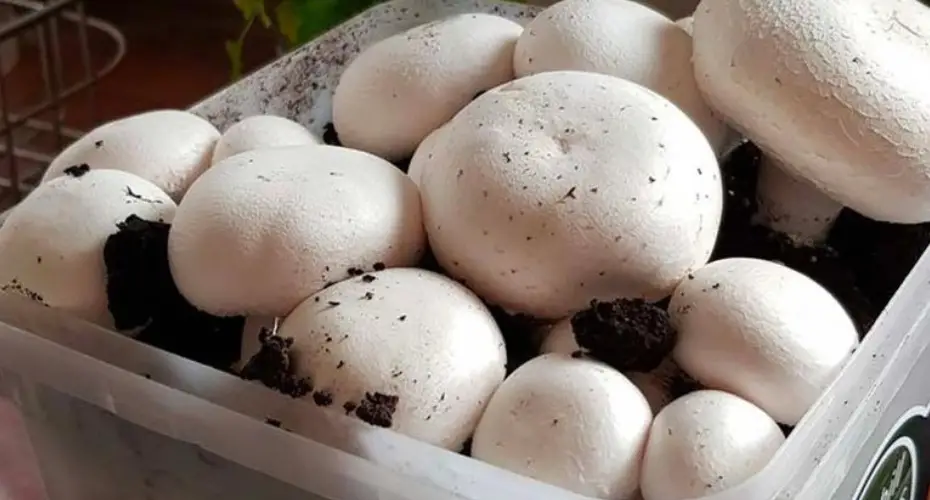
Growing mushrooms from scraps can be a fascinating and sustainable way to enjoy these unique fungi at home. Here is a comprehensive guide to mushroom propagation and cultivation, with a special focus on using store-bought mushrooms and scraps:

Choose your mushrooms
- Varieties: Oyster mushrooms are among the best for home growing due to their adaptability and ease of cultivation, but you can experiment with different types of mushrooms depending on your preference and availability.
- Source: Opt for store-bought organic mushrooms to ensure the best quality and health for propagation.
Understanding fungal reproduction
- Life cycle: Mushrooms in nature start with spores in the gills that must land on a suitable surface to germinate and develop into mycelium. This mycelial network eventually forms the recognizable mushroom.
- Store-bought propagation: Unlike natural growth, regrowth of mushrooms from store-bought stems occurs faster because it bypasses the need to rely on spores. The mycelium found on the stems can be used to make edible clones of the parent mushrooms.
Preparing for growth
- Bedding: For bedding material, use straw. Let it soak for a few days and then use it as a layer for your growing medium. Other materials such as shredded cardboard can also be used.
- Mushroom ends: Cut the ends of healthy oyster mushrooms or other varieties into small pieces. The best size for growing is about 6 mm.
Growing environment
- Temperature and light: Provide a dark environment with temperatures between 18 and 23 degrees Celsius.
- Humidity: Keep the medium and mycelium moist. Mist the medium if it appears to be getting dry.
harvest
- Time frame: After about two to four weeks, the mycelium should be ready to fruit. You can expect to harvest your mushrooms in about 19 days.
Alternative methods and tips
- Using Spore Prints: For a more scientific approach, create spore prints from the mushroom caps using sterilized aluminum foil. This method requires a clean, draft-free environment and patience, as the spores are collected over a 24-36 hour period.
- Growing medium: Depending on the type of mushroom, different growing media can be used, such as wood chips, sawdust or regular potting soil. Water the chosen medium and sprinkle the spores or mycelium over the surface.
- Mushroom kits: For beginners or those who find the process complicated, ready-to-use mushroom kits are a convenient option. These kits typically involve spraying a block with mycelium daily for about two weeks.
Further considerations
- Composting with mushrooms: Growing mushrooms in compost piles, such as with leaflets, can help speed up the composting process and produce a yield of edible mushrooms.
- Growing on logs: For varieties such as shiitake, using logs as a substrate can be effective. This method involves inoculating logs with mushroom spawn and sealing them with wax.

By following these steps and maintaining optimal growing conditions, you can successfully grow your own mushrooms from scraps at home, turning waste into a valuable and delicious crop. This method not only provides a sustainable food source, but also adds an interesting element to home gardening.
